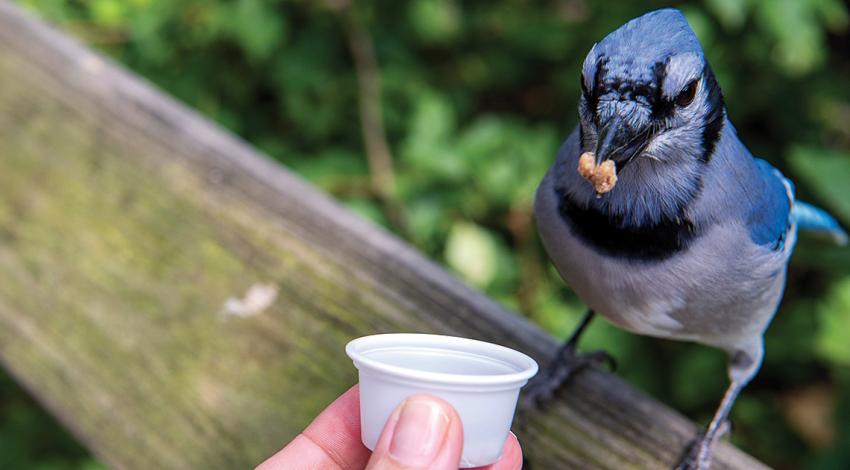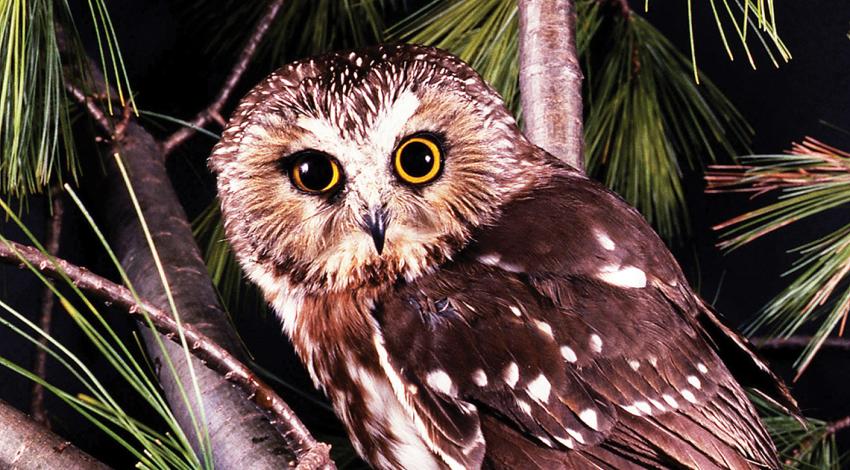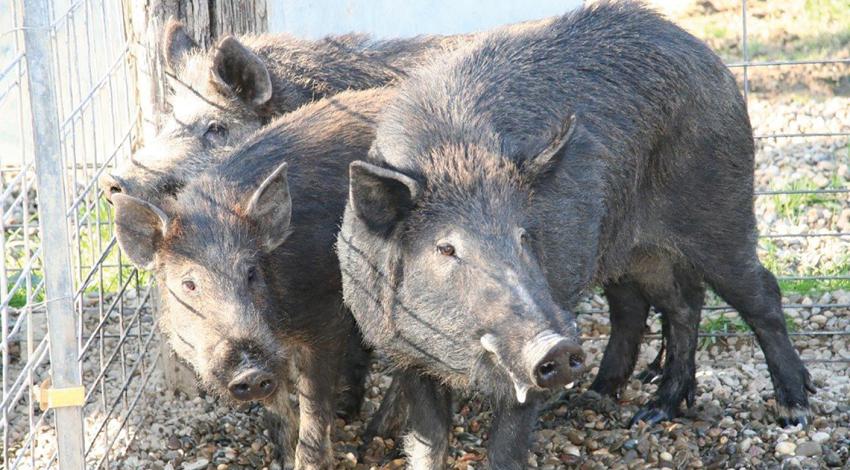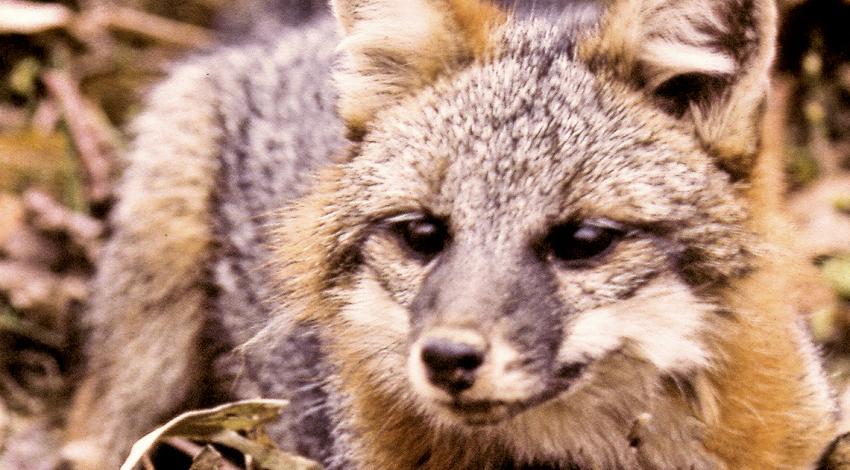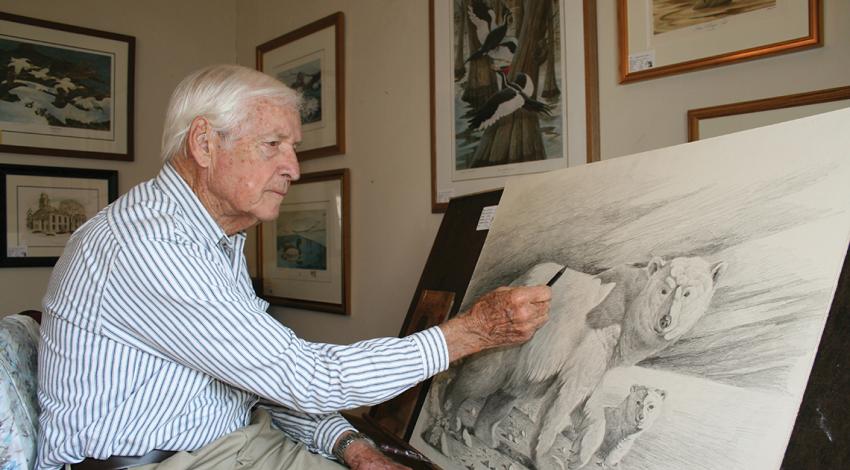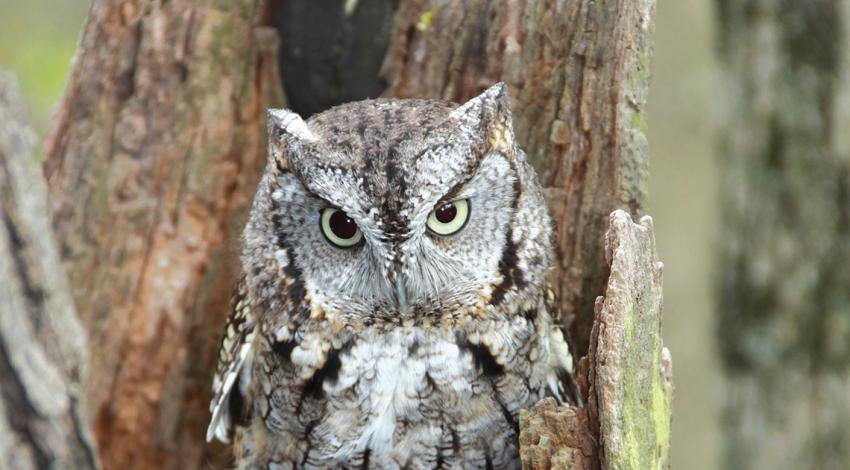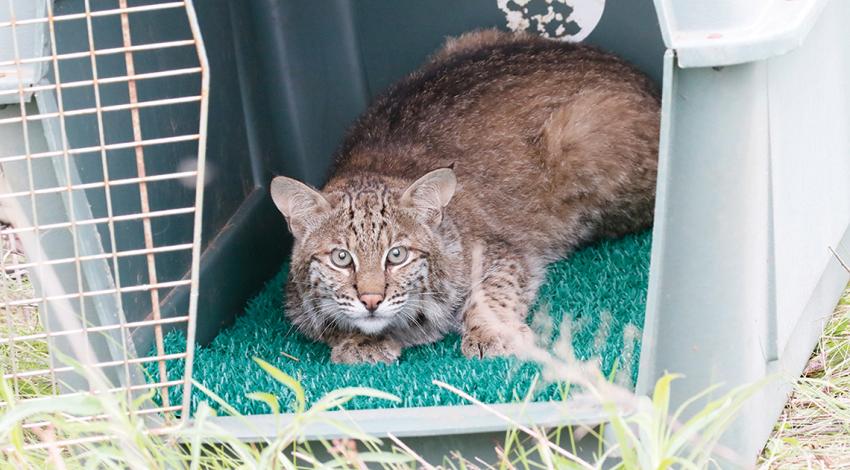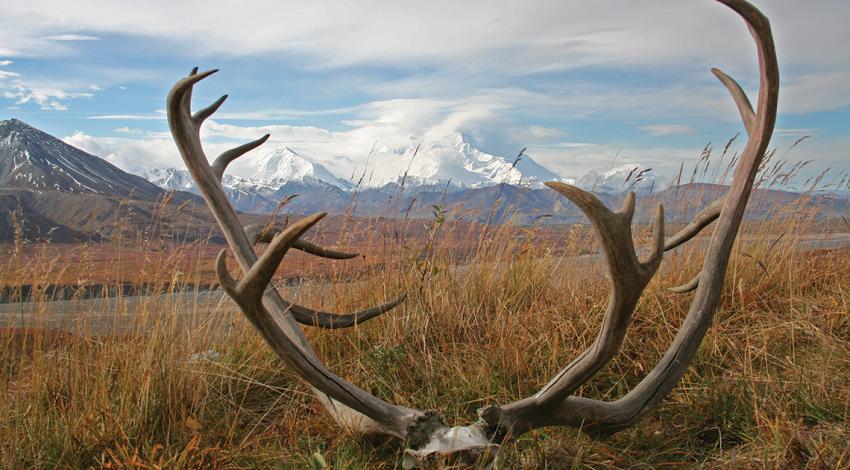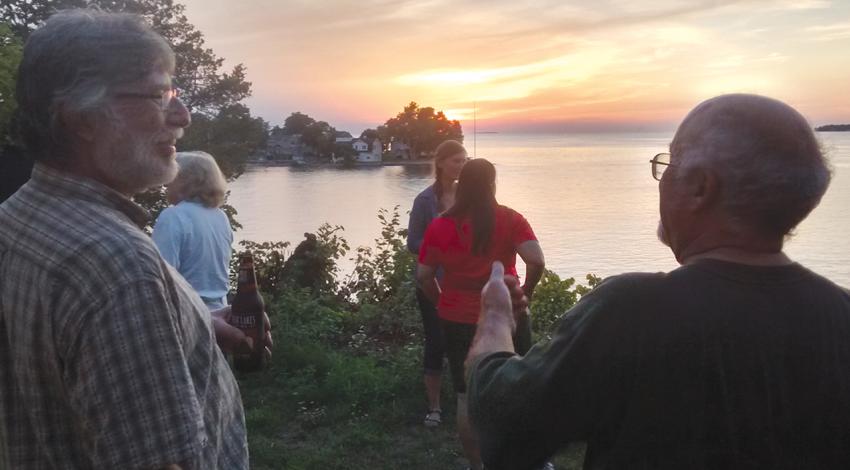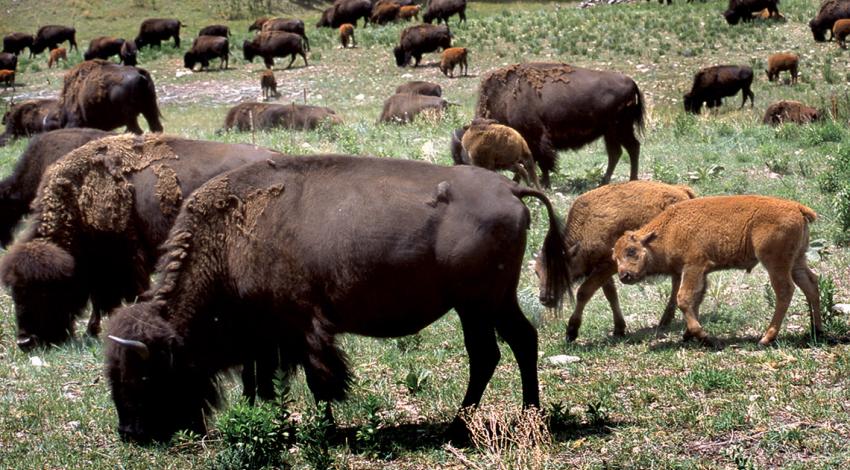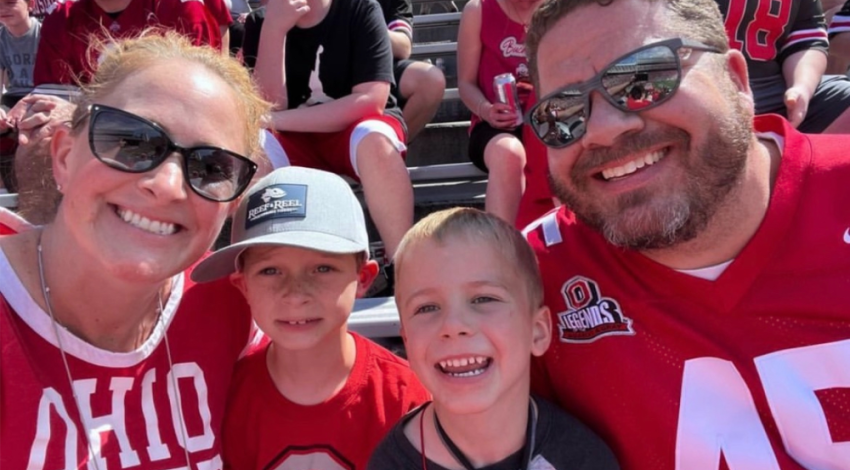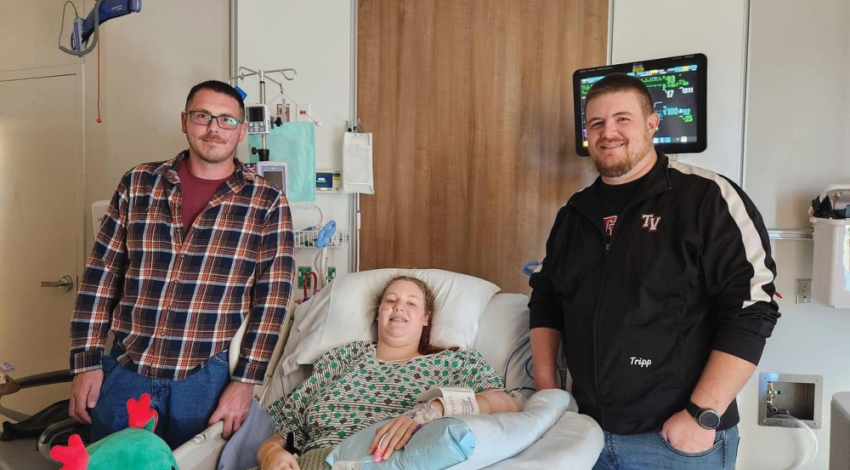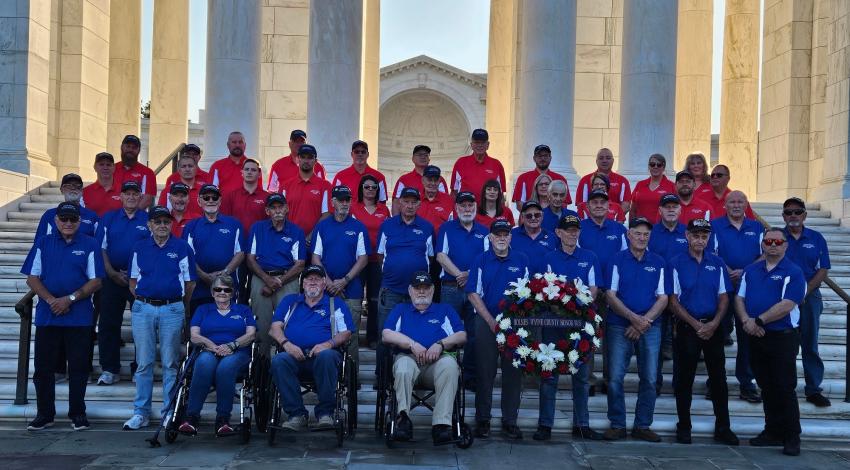A full-figured pig named Baby lounges, unruffled, in a puddle of mud at Sunrise Sanctuary in Marysville. A lone duck waddles past, oblivious to the prodigious porker to its left.
“Our babies are all unique and special souls that are loving, thoughtful, and funny individuals,” says Sandy Horvath, the animals’ primary caretaker. “They’re not just numbers. They are special beings deserving of our love and respect.”
All around Ohio, animal sanctuaries provide respite and relief for misfit animals, whether they’ve been abused or neglected or simply moved on to greener pastures after their working days ended.
